Marine recreation in BC Parks – What’s new?
Categories:
Did you know there are over 270 coastal marine protected areas in B.C.? From parks and protected areas to conservancies and ecological reserves, coastal marine protected areas are an important recreational and ecological feature of BC Parks.
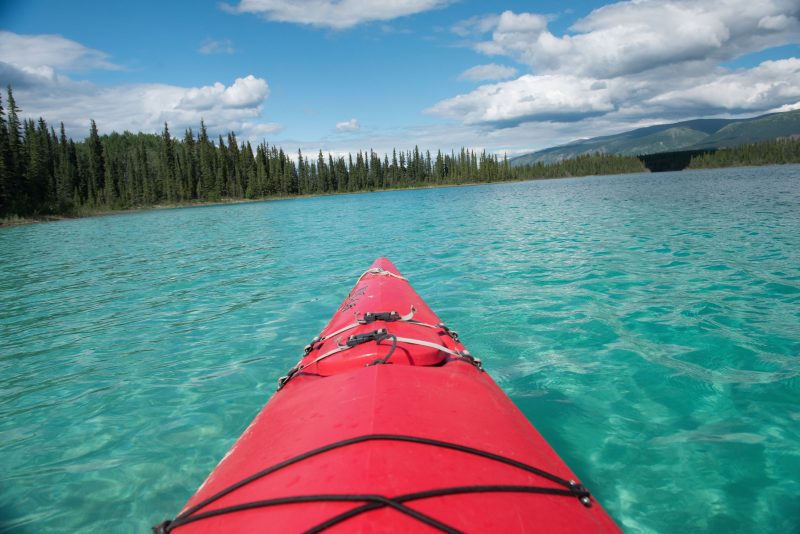
Whether sailing, cruising, or paddling, boaters can expect a wide variety of marine experiences in BC Parks. Visitors navigating the protected waters of the Salish Sea, the northern passages and fjords, or the ocean swells off west Vancouver Island and Haida Gwaii may find sheltered boat anchorages, rocky intertidal zones, sandy beaches for landing kayaks, and in some locations, docks, mooring buoys, campsites, and trails.
BC Parks pays close attention to public feedback and works closely with various community partners and experts to balance the protection of ecology and wildlife of these marine areas with respectful recreational access where permitted. We’re happy to share some of those efforts with you here in this blog post.
World Ocean Day and beyond
World Ocean Day is an annual global celebration of the ocean that takes place every June 8. It raises the profile of the ocean, connects people worldwide, and inspires continuing action year-round to protect and restore the ocean, as exemplified by the work of Rugged Coast Research Society (RCRS).
In 2023, RCRS removed over 139,000 kg of marine debris, abandoned fishing gear, aquaculture materials, and derelict vessels from B.C.’s coastline. RCRS, together with BC Parks and nine First Nations communities in 13 protected areas, demonstrate the shared respect for and ongoing efforts to protect rich cultural heritage and delicate ocean ecosystems.
Visitor Use Management Strategy for the Mux̣šiƛa Hot Springs
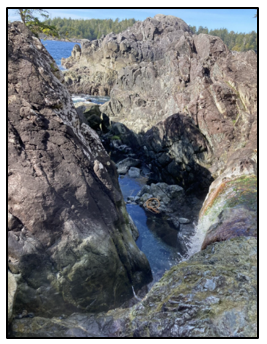
BC Parks and the ʕaḥuusʔatḥ Nation, represented by the Maaqutusiis Hahoulthee Stewardship Society (MHSS), are working together to develop a visitor use management strategy (VUMS) for the Mux̣šiƛa Hot Springs in Maquinna Marine Park, northwest of Tofino.
The ʕaḥuusʔatḥ place name for the hot springs in the Nuu-chah-nulth language is mux̣šiƛa, pronounced muhh-shi-tla and meaning “steaming from rock.” The mux̣šiƛa hot springs area is a popular destination, where visitors come to enjoy the boardwalk trail through old growth forest, coastline views, and natural hot springs. The VUMS describes a shared vision and management strategies for protecting natural, cultural, and recreational values, and supporting high-quality visitor experiences.
The draft VUMS was posted for public review and comment from March 6 to April 19, 2024, on the Let’s Talk BC Parks web page. Next steps include reviewing the public comments received and preparing the final VUMS for joint approval by MHSS and BC Parks. The results of the engagement process will also be summarized in a What We Heard report.
Long Term Ecological Monitoring (LTEM)
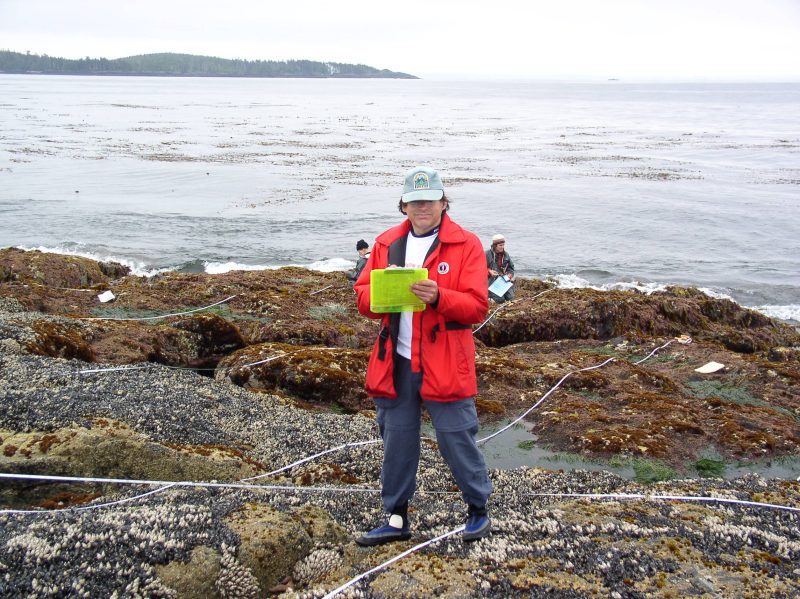
BC Parks has been monitoring life in many intertidal zones since 2005. Now, with nearly 20 years of data collected, we are working with consultants and academics to evaluate what’s been done and where changes are needed. Improvements to the monitoring program will help us better understand the effects of climate change and other stressors on the intertidal environment, both natural and human caused.
Eelgrass Mapping
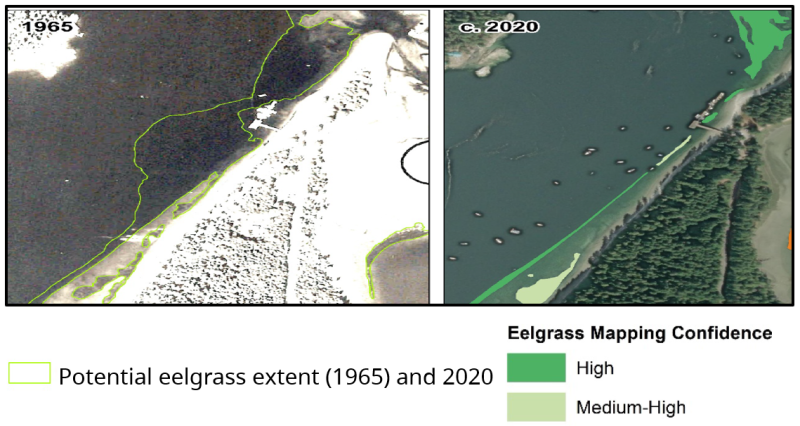
Eelgrass plays a vital role in supporting marine life, offering refuge for juvenile salmonids, providing habitat for marine species, and contributing to coastal ecosystem resiliency to multiple stressors, including those linked with climate change. Using aerial imagery and mapping reference data, recent studies in Manson’s Landing Park have revealed a decline in eelgrass since the mid 1960s.
To better protect eelgrass, recommendations from this report include collaborative efforts with local communities, stewardship groups, and First Nations in areas of field inventory work, public outreach, and possibly adding some marker buoys and mooring buoys to help reduce impacts from anchoring.
Before You Go!
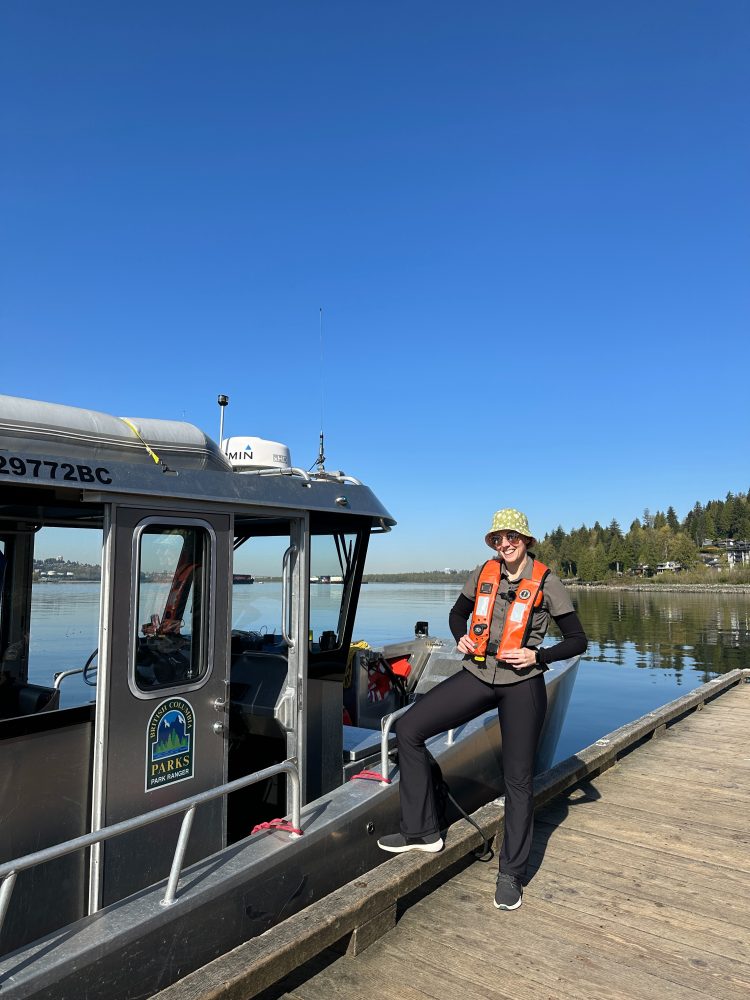
Here are five important boating tips to help you stay safe on the water:
• Wear your lifejacket – Over 80% of Canadians who drown while boating were not wearing their lifejacket or not wearing it properly. There are so many choices for lifejackets / personal floatation devices on the market now, it is easy to pick one that suits your ‘boating style’ and is one that you are comfortable wearing all the time you are on the water.
• Boat sober – Whether it’s prescription drugs, alcohol or cannabis, the use of intoxicants while boating is irresponsible, illegal, and dangerous. In some provinces, being convicted of impaired operation will also affect your automobile license.
• Take a boating course – If you are operating a powered recreational vessel, you should have your Pleasure Craft Operator Card or some other proof of competency. If your boating preference tends towards paddle, enroll in some on-water training.
• Be prepared, you and your boat – Make sure you and your boat are up to your planned on-water activities.
• Be cold water safe – Cold water can severely impact your ability to swim or even just stay afloat. No matter your swimming ability, the best chance of surviving an accidental cold-water immersion is to wear your lifejacket!
Visit BC Parks’ marine recreation website for more information on marine recreation in BC Parks.
Seas the Day
Have you visited BC Parks recently? We want to hear from boaters! Visit the 2024 BC Parks Visitor Satisfaction Survey and tell us about your marine park experience. This 10–15 minute survey is open now until September 16, 2024.
Check out BC Parks’ website for the most up-to-date information and to ensure you are well prepared for your marine park adventure!




